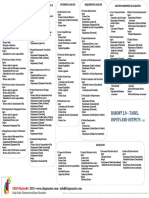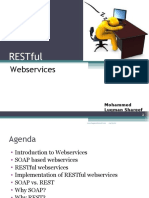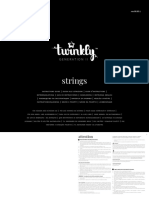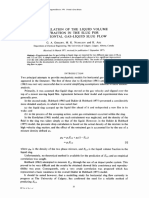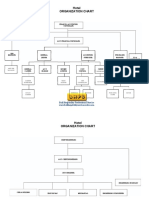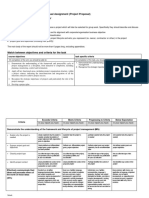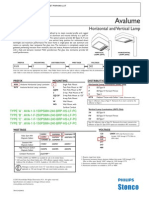0% found this document useful (0 votes)
54 views65 pagesRESTful Web Services Testing Guide
The document discusses RESTful web services and testing them. It begins by defining REST and describing the architectural constraints of RESTful systems like using a uniform interface, being stateless, and having layered systems. It then discusses common REST components like resources addressed by URLs, HTTP verbs like GET and POST, media types, and status codes. The document outlines some problems with testing RESTful web services and proposes a methodology involving authentication, session management, authorization, input validation, output encoding, and cryptography. It recommends tools like cURL and browser add-ons to test services and provides examples of using cURL.
Uploaded by
Robert StanCopyright
© © All Rights Reserved
We take content rights seriously. If you suspect this is your content, claim it here.
Available Formats
Download as PDF, TXT or read online on Scribd
0% found this document useful (0 votes)
54 views65 pagesRESTful Web Services Testing Guide
The document discusses RESTful web services and testing them. It begins by defining REST and describing the architectural constraints of RESTful systems like using a uniform interface, being stateless, and having layered systems. It then discusses common REST components like resources addressed by URLs, HTTP verbs like GET and POST, media types, and status codes. The document outlines some problems with testing RESTful web services and proposes a methodology involving authentication, session management, authorization, input validation, output encoding, and cryptography. It recommends tools like cURL and browser add-ons to test services and provides examples of using cURL.
Uploaded by
Robert StanCopyright
© © All Rights Reserved
We take content rights seriously. If you suspect this is your content, claim it here.
Available Formats
Download as PDF, TXT or read online on Scribd
/ 65

























































